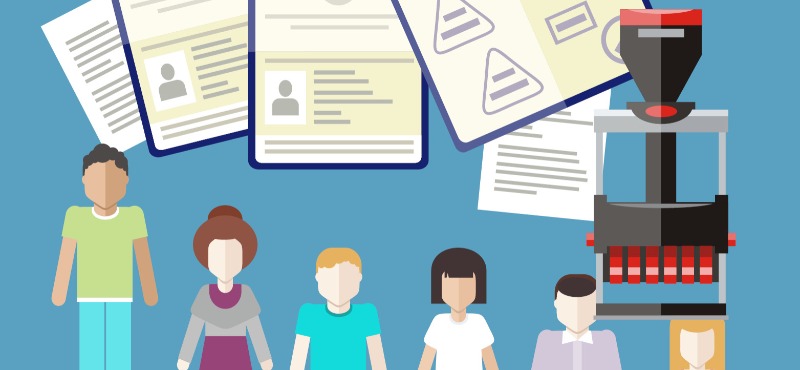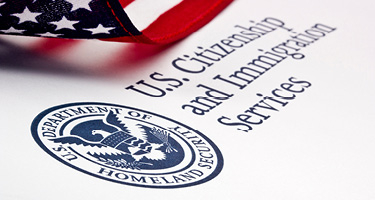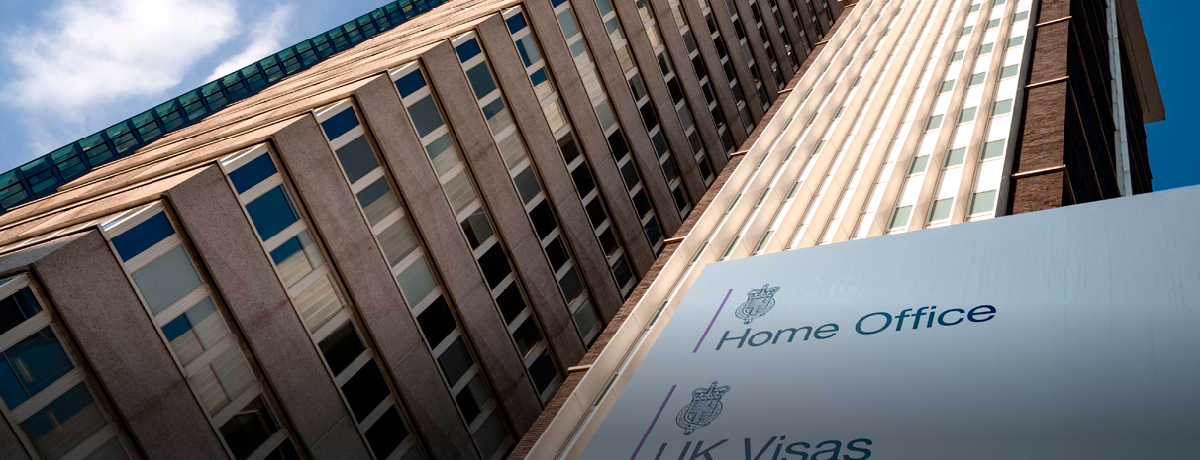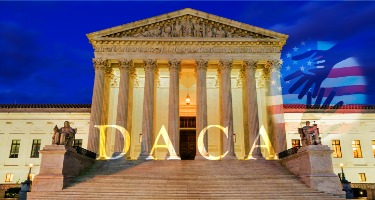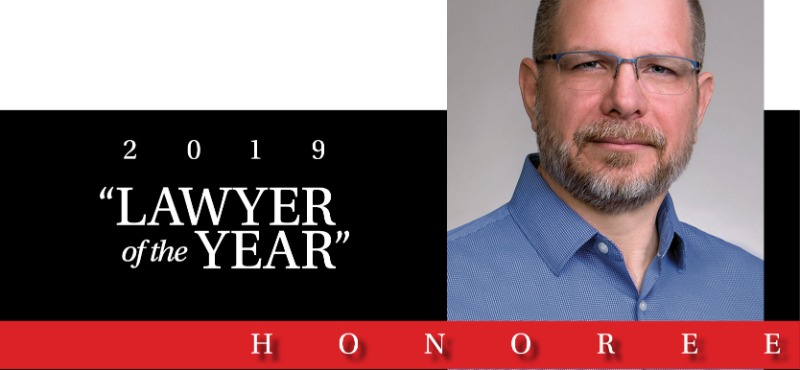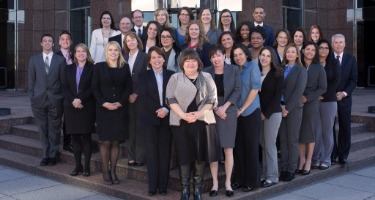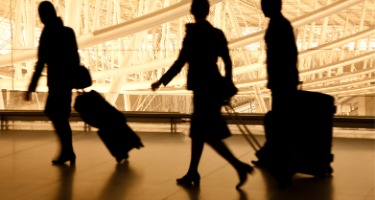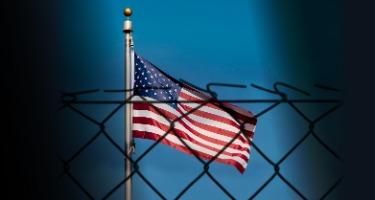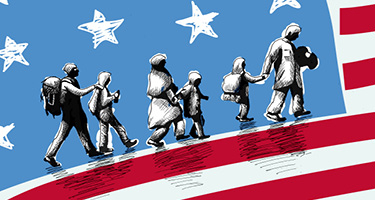Until recently, most people were unfamiliar with the H-1B visa, except for those seeking to take advantage of this temporary worker category.
What is an H-1B? And why is there suddenly all the hype?
The Immigration and Nationality Act (INA) authorizes temporary employment of foreigners in a “specialty occupation,” requiring theoretical and practical application of a body of highly specialized knowledge and attainment of a Bachelor degree or higher in the specific specialty (or its equivalent) as a minimum for entry into the occupation in the United States.[1
The INA limits employment to six years; extensions are allowed under the American Competitiveness in the 21st Century Act (AC21)[2] if the lengthy green card process is underway. There is a cap of new 85,000 H-1B’s per fiscal year, including 20,000 U.S. Master’s degree visas. Congress authorized temporary increases (195,000/year) to meet U.S. employers’ unmet needs, including Y2K-compatible dating of computer systems using 19XX format. This legislation recognized there were not enough U.S. workers to bring these systems into Y2K compliance and represents the peak of the H-1B.
Now that we know what an H-1B is, how do you get one?
A U.S. employer must sponsor the foreign worker and is legally obligated to pay all costs associated with the petition, including legal fees. Filing fees range from $1710 to $2460, including a fraud-detection fee for random worksite visits by Immigration and Customs Enforcement and a mandatory fee dedicated to the training of U.S. workers. By law, these costs are business expenses to be paid only by the employer.
Certification of the H-1B salary is required from the U.S. Department of Labor via a “Labor Condition Application” (LCA).[3] This process seeks to protect U.S. workers’ wages by maintaining the average U.S. wage for that occupation. H-1B employers must sometimes increase the offered salary to meet DOL wage requirements, thus increasing the average U.S. wage. Violators of H-1B/LCA laws are subject to civil fines and debarment from H-1B sponsorship, as well as criminal charges where fraudulent abuse occurs.[4]
The H-1B petition/LCA is filed with the Department of Homeland Security (DHS) United States Citizenship and Immigration Services (USCIS). Upon approval, the worker abroad must apply for an H-1B visa at a consulate (Department of State) then seek admission through Customs and Border Protection.
Employers face multiple government agencies and high expenses to obtain highly-skilled H-1B workers to fill positions that they otherwise are unable to fill. It would be easier and cheaper for employers to hire U.S. workers; clearly there is a need. In FY2018, 199,000 petitions were filed for the available 85,000 spots, down from 236,000 in FY2017.[5] Due to extremely high demand, USCIS must distribute H-1B’s via a lottery. Although USCIS returns unused filing fees, legal fees are not contingent on lottery selection. Thus, this year, employers had about a 42.7 percent chance its petition would be selected and a 100 percent chance the legal fees have been earned.
Why all the hype?
The presidential order on Buy American, Hire American provides some insight. This executive order seeks to rigorously enforce the laws governing foreign workers. Despite being already highly regulated, alarmists claim H-1B employment steals U.S. jobs and depresses wages, questioning the integrity of the entire H-1B program. The EO mandates DHS compliance reports.
Enter the smoke and mirrors.
In FY2017, USCIS issued a record number of H-1B requests for evidence (RFEs), questioning things like the wage (a DOL concern) and whether clearly professional occupations, such as engineers, are Bachelor degree-level positions. Per its November 29, 2017, report,[6] USCIS issued 43,276 more RFEs than FY2016 (up 8.1 percent), demonstrating its amazing efforts to “rigorously enforce” the laws.
In summary, 92.5 percent of H-1B petitions were approved in FY2017, down just 1 percent from FY2016. However, employer frustration is increasing dramatically, as are RFE legal fees. As well, DHS may soon severely limit statutory AC21 H-1B extensions[7] and revoke regulations authorizing employment of spouses of H-1B workers stuck in the green card backlog.[8] Thus, smoke and mirrors may become hard-hitting reality for U.S. companies, current/future H-1B workers, and their families, all of whom may decide to set up shop/seek employment outside the United States. And so begins the downfall of the H-1B.
----------------------------
[1] INA §101(a)(15)(H)
[2] Pub. L. 106-313 (October 17, 2000)
[3] INA§212(n)(1)
[4] See www.dol.gov/whd/immigration/h1b.htm
[6] USCIS Report: I-129, Petition for a Nonimmigrant Worker, Class Preference: H-1B, Receipts, Completions, and Requests for Evidence (RFE) Sent, FY15-FY2018 (Through November 29, 2017).
[7] As reported at www.mcclatchydc.com/news/politics-government/white-house/article192336839.html.
[8] Proposed rule stage: www.reginfo.gov/public/do/eAgendaViewRule?pubId=201710&RIN=1615-AC15
----------------------------
Kathleen Poppenger has extensive experience working in the field of immigration and citizenship law since 1986. She focuses her practice in the area of employment-based immigration matters, including H-1B workers, L-1 intra-company transfers, E-1/E-2 treaty traders/investors, NAFTA visas, multinational managers, employment-based permanent residence, and I-9 compliance. Kathleen has received recognition as Best Lawyers® “Lawyer of the Year”; DBusiness Top Lawyers – Immigration Law; Women in Law Top Peer-Nominated Lawyers; Best Lawyers in America© in Immigration Law; Best Attorneys in Michigan; Leading Lawyers for Immigration Law: Employment; Metropolitan Registries Professionals Who’s Who, Top Executives, Professionals and Entrepreneurs; International Women's Leadership Association, Outstanding Leadership; Michigan Lawyers Weekly Top Attorneys in Michigan; and DBusiness Top Lawyers in Metro Detroit.
